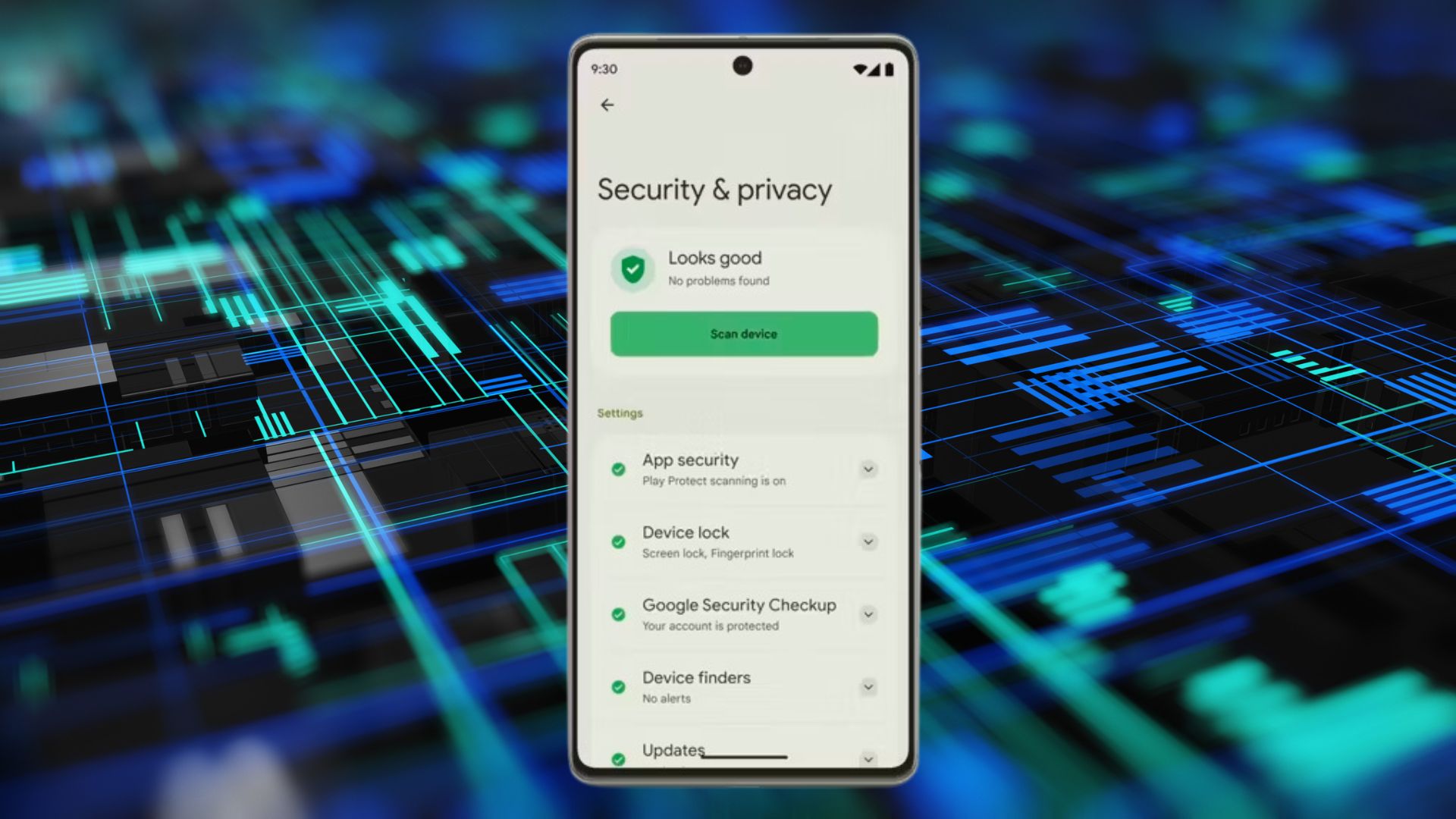
The lock screen is a crucial component of every Android device, serving as the first line of defense against unauthorized access. Its fundamental role in safeguarding personal data and sensitive information makes it a vital aspect of overall device security. In this article, we will delve into various aspects of Android lock screen security and explore strategies to mitigate potential risks, ensuring users' peace of mind.
Enable Strong Lock Screen Measures
To bolster the security of an Android device, users should opt for robust lock screen measures, such as PINs, passwords, patterns, or biometric authentication (fingerprint or facial recognition). These authentication methods add an additional layer of protection and make it challenging for unauthorized individuals to access the device.
Regularly Update Android OS
Ensuring that the Android operating system (OS) is up-to-date is imperative to keep lock screen security at its most effective. Frequent software updates provided by manufacturers often include security patches, which address known vulnerabilities and reinforce the device's overall security posture.
Disable Lock Screen Notifications
To avoid potential privacy breaches, consider disabling lock screen notifications for sensitive apps or messages. This practice prevents unauthorized users from accessing private data, as notifications can sometimes reveal sensitive content without needing to unlock the device.
Avoid Third-Party Lock Screen Apps
While some third-party lock screen apps may offer additional customization and features, they might pose security risks. Using trusted and official lock screen solutions provided by the device manufacturer or the Android OS ensures a higher level of security and reduces the likelihood of malicious exploits.
Enable 'Find My Device' Feature
Enabling the 'Find My Device' feature is a proactive measure to enhance lock screen security. In the unfortunate event of a lost or stolen device, this feature allows users to remotely lock their device, display contact information, or even erase data to prevent unauthorized access.
Implement Two-Factor Authentication
For users seeking an extra layer of security, implementing two-factor authentication (2FA) on their Android device is highly recommended. By requiring an additional authentication method, such as a one-time code sent to the user's phone, 2FA mitigates the risk of unauthorized access even if the lock screen credentials are compromised.
Use Smart Lock With Caution
Smart Lock is a convenient feature that allows the device to remain unlocked in trusted environments, such as at home or when connected to a particular Bluetooth device. However, users must exercise caution when using this feature, as it can potentially compromise security if left unattended in unsecured locations.
Secure Lock Screen Bypasses
Android devices may offer certain lock screen bypasses, like emergency call or camera shortcuts. While they can be beneficial in emergencies, users must be aware of potential security implications. Ensure that these bypasses are not exploitable by unauthorized users to gain access to the device.
Conclusion
The Android lock screen serves as a critical barrier in protecting sensitive information from unauthorized access. By employing strong lock screen measures, keeping the device and OS up-to-date, and adopting smart security practices, users can significantly enhance the security of their Android devices. Implementing these best practices alongside an awareness of potential risks will safeguard personal data and maintain a secure mobile experience in today's digital landscape.